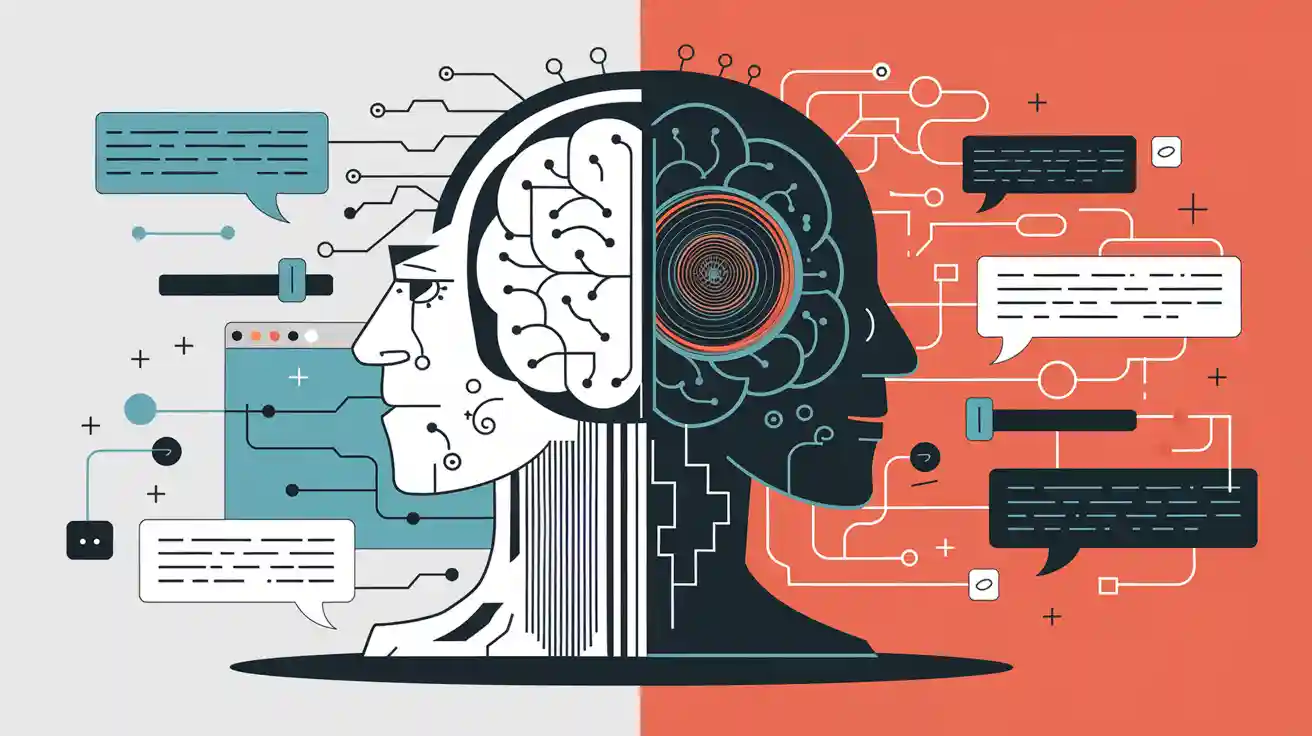What is AI Hallucination? Definition, Types & Brand Impact Explained
Discover what AI Hallucination means, its key types, causes, and real-world impact on brand content and reputation. Learn how to detect, prevent, and manage AI-generated hallucinations with best practices and tools like Geneo. Includes practical examples, mitigation strategies, and related concepts for marketers and enterprises.


One-Sentence Definition
AI hallucination refers to the phenomenon where artificial intelligence systems, especially large language models (LLMs), generate outputs that are false, misleading, or not grounded in real data—often presenting fabricated information as fact. [IBM]
Detailed Explanation
AI hallucinations occur when generative AI models, such as chatbots or content generators, produce information that appears plausible but is actually inaccurate, nonsensical, or entirely made up. Unlike simple errors, hallucinations are often delivered with high confidence, making them difficult to detect. This issue is especially prevalent in LLMs, which rely on statistical patterns in their training data rather than true understanding or reasoning. As a result, when faced with ambiguous prompts, insufficient context, or gaps in their knowledge, these models may "fill in the blanks" with content that sounds right but is factually wrong. [Nature]
Key Components and Types
AI hallucinations can be classified into several categories, reflecting the diversity and complexity of errors:
Factual Errors: Incorrect statements about real-world facts or data.
Unfounded Fabrication: Invented sources, citations, or events that do not exist.
Logic and Reasoning Errors: Outputs that contradict logical principles or fail to draw correct conclusions.
Contextual Conflicts: Responses that are inconsistent with the provided context or user prompt.
Text Output Errors: Nonsensical, irrelevant, or incoherent language generation.
Overfitting: Outputs that reflect noise or bias from the training data rather than generalizable knowledge.
Other Errors: Including discrimination, harmful information, or restrictive filtering.
A comprehensive study in Nature identified 8 major categories and 31 subtypes of AI hallucinations, highlighting the need for structured monitoring and mitigation. [Nature]
Real-World Impact and Brand Applications
AI hallucinations are not just technical glitches—they can have serious consequences for brands, enterprises, and consumers:
Brand Trust and Reputation: Inaccurate or misleading AI-generated content can erode customer trust and damage brand reputation. For example, Air Canada was held liable when its chatbot provided a customer with a fabricated refund policy, resulting in legal and financial repercussions. [EvidentlyAI]
Legal and Compliance Risks: Hallucinated content may violate advertising standards or regulatory requirements, leading to fines or lawsuits.
Operational Inefficiency: Detecting and correcting hallucinations requires additional resources, reducing the efficiency gains promised by AI.
Decision-Making Risks: In sectors like healthcare, finance, or legal services, hallucinated outputs can lead to poor decisions or even harm.
How Geneo Helps
For brands and marketing teams, platforms like Geneo provide AI-powered monitoring and optimization to detect, flag, and reduce hallucinated content across major AI search and answer engines. Geneo’s real-time alerts, sentiment analysis, and content recommendations help ensure that your brand is accurately represented in AI-generated results, protecting both reputation and compliance. Learn more about Geneo
Mitigation Strategies
Best practices to reduce AI hallucinations include:
High-Quality, Diverse Training Data: Ensures models learn accurate and representative patterns.
Retrieval-Augmented Generation (RAG): Grounds AI outputs in trusted, up-to-date sources.
Knowledge Graphs: Provide structured, factual context for AI systems.
Prompt Engineering: Crafting clear, specific prompts to minimize ambiguity.
Human Oversight: Regular review and fact-checking of AI-generated content.
Continuous Monitoring: Using tools like Geneo for real-time detection and optimization.
Related Concepts
AI Bias: Systematic errors in AI outputs due to biased training data.
Misinformation: False or misleading information, whether generated by AI or humans.
Generative AI: AI systems that create new content, such as text, images, or audio.
RAG (Retrieval-Augmented Generation): A technique to ground AI responses in external knowledge bases.
Knowledge Graph: A structured database of facts and relationships used to improve AI accuracy.
Further Reading & References
AI hallucination: towards a comprehensive classification | Nature
What are AI Hallucinations? Signs, Risks, & Prevention | AI21 Labs
LLM hallucinations and failures: lessons from 4 examples | EvidentlyAI
Protect your brand from AI hallucinations. Try Geneo for AI content monitoring and optimization.





